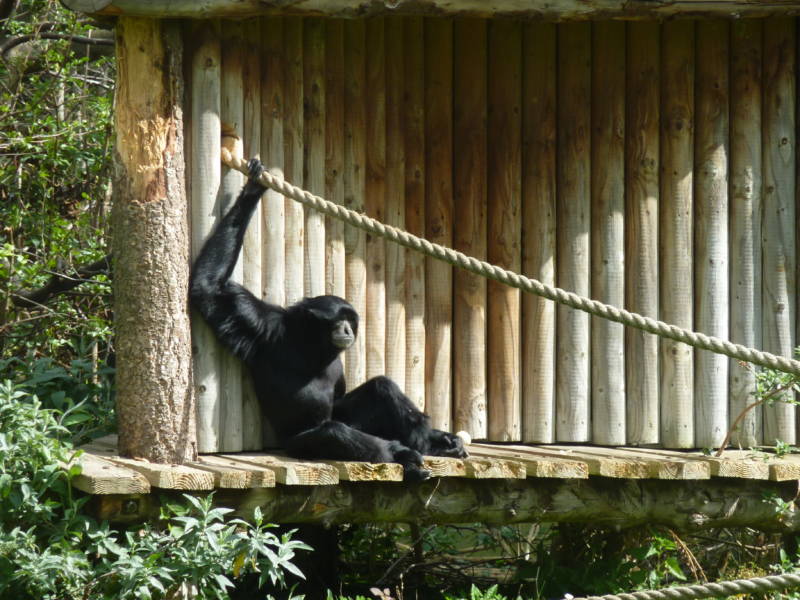Update: Our award-winning video series Above the Noise took a fresh look at the pros and cons of zoos. Students can watch the video to get a primer on the facts then write their own responses on KQED Learn.
This post is part of KQED’s Do Now U project. Do Now U is a weekly activity for students and the public to engage and respond to current issues using social media. Do Now U aims to build civic engagement and digital literacy for learners of all ages. This post was written by Sophia Buscher and Victoria Staudenraus, students at St. Mary’s College of California, in partnership with the Lindsay Wildlife Experience.
Featured Media Resource: VIDEO: Zoo Conservation Raise Debate (CNN)
Hear opposing thoughts from a field biologist at the University of York and the president of the Born Free Foundation about keeping animals in zoos for conservation purposes.
Do Now U
Do you think animals should be kept in zoos? #DoNowUZoo
How to Do Now
To respond to the Do Now U, you can comment below or post your response on Twitter. Just be sure to include #DoNowUZoo and @KQEDedspace in your posts.
Learn More about Animals in Zoos
Although wild animals have been held captive for thousands of years, the first modern zoo opened in 1763 in Paris, France. As people became more interested in science and natural history, zoos served as a way to display and study animals. Today, zoos provide opportunities for public education and entertainment, as well as scientific research and conservation. There are about 2,800 licensed animal exhibitors throughout the U.S., which include zoos, circuses, petting farms, wildlife and marine mammal parks, and some sanctuaries. Out of these, 233 are accredited by the Association of Zoos and Aquariums (AZA). The AZA “holds animal exhibitors to high standards of animal care, science and conservation” in the United States and all over the world. Even though many animal exhibitors are still considered zoos, they have not met the requirements of the AZA and, therefore, have not been accredited.
